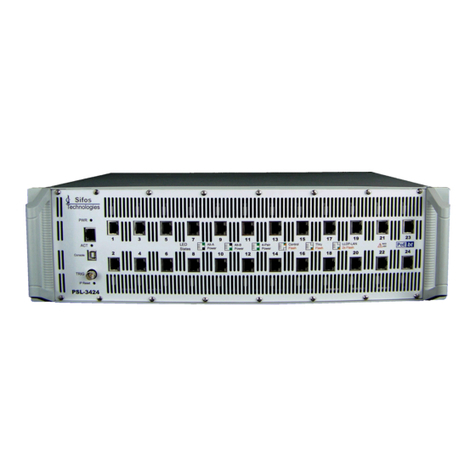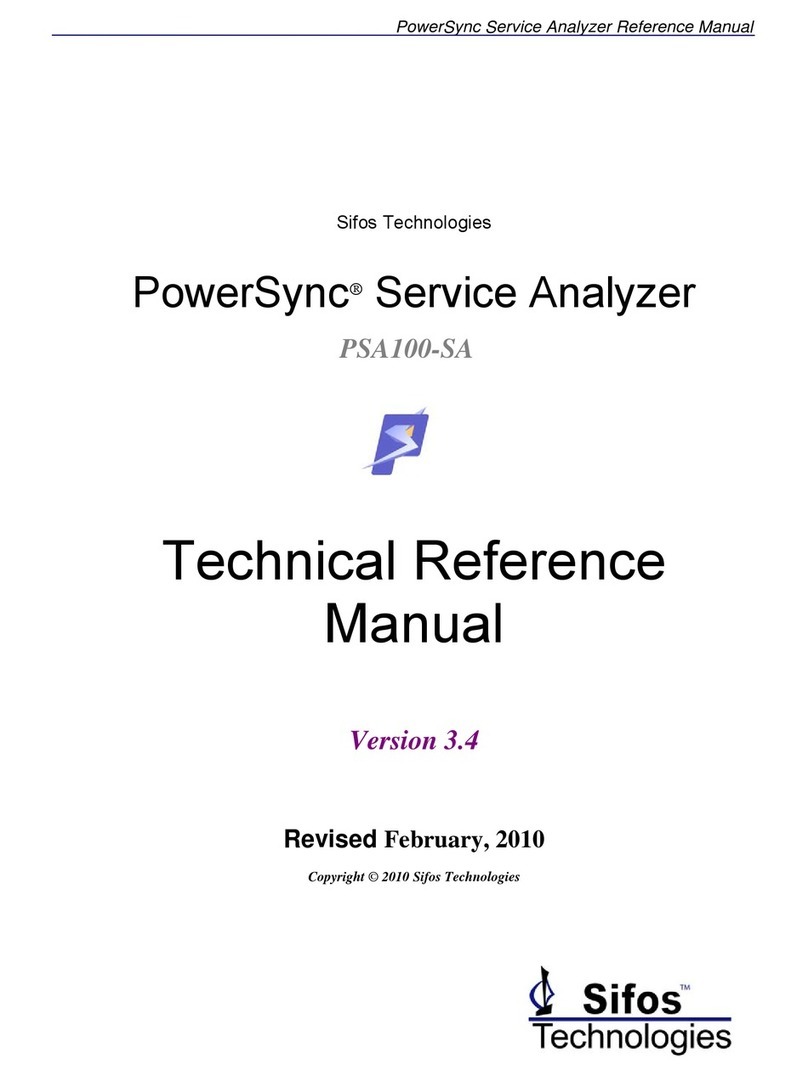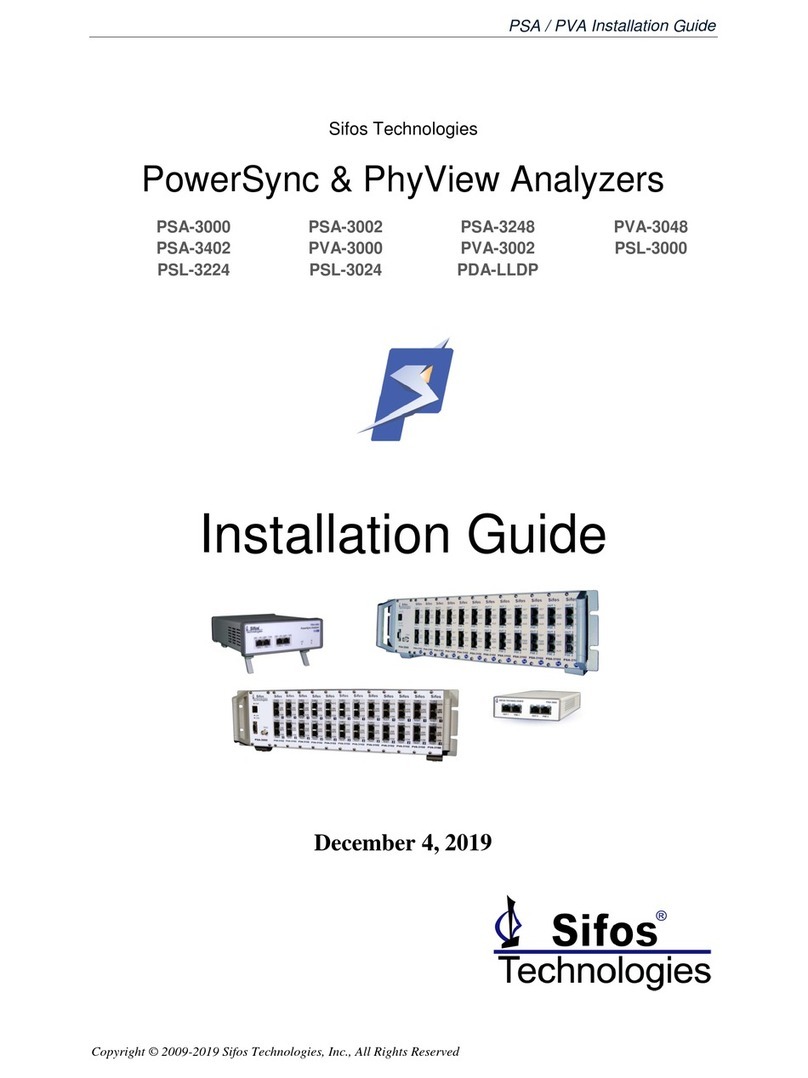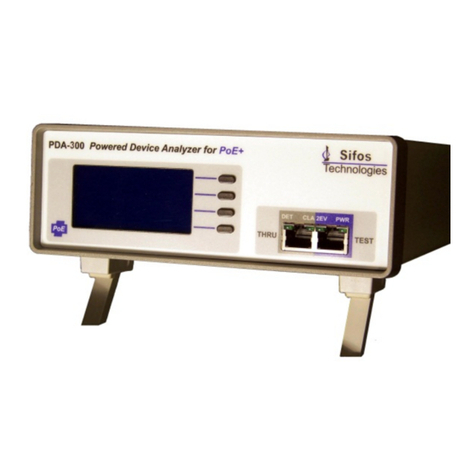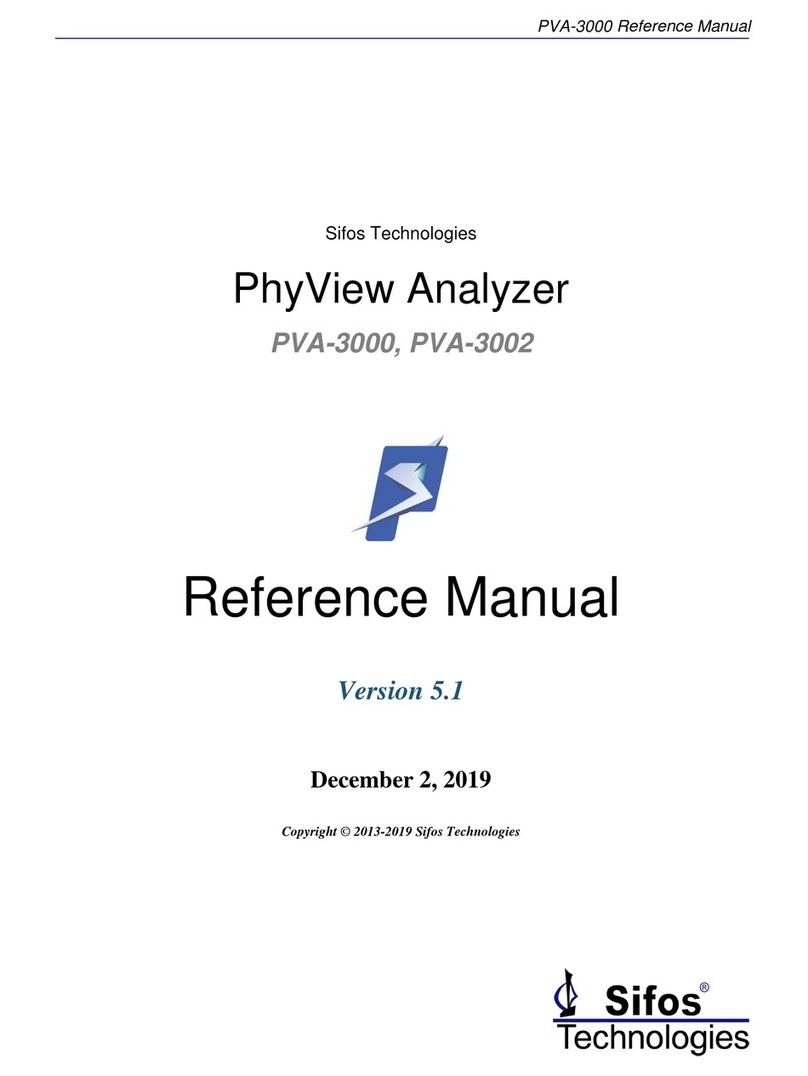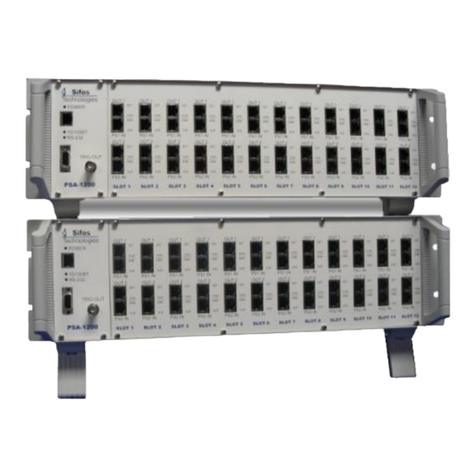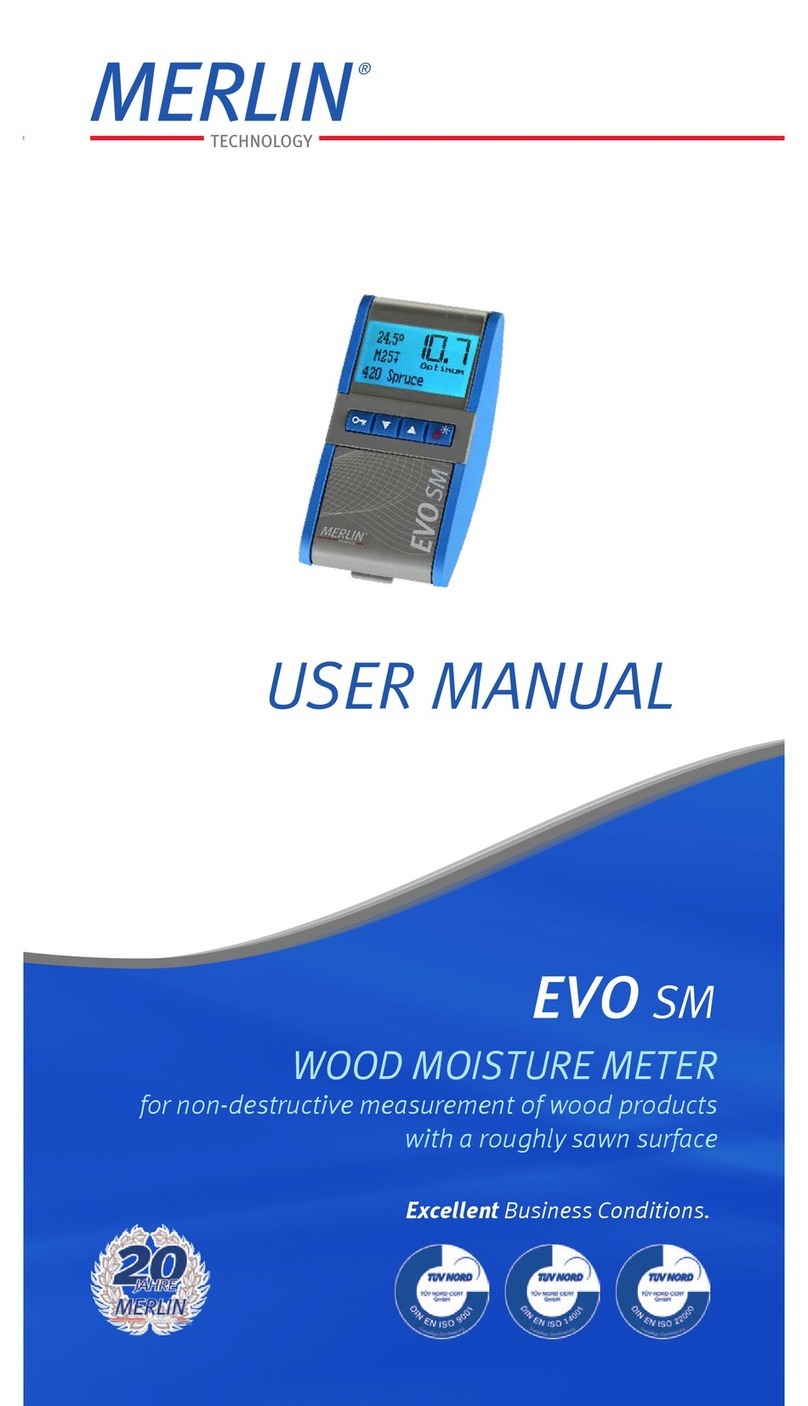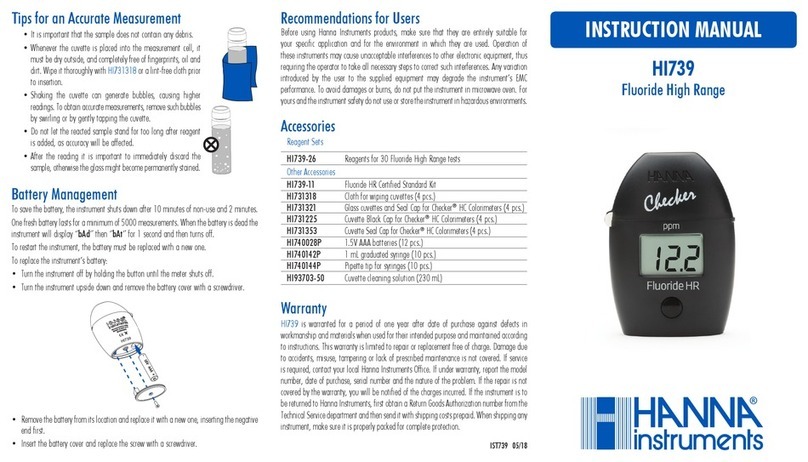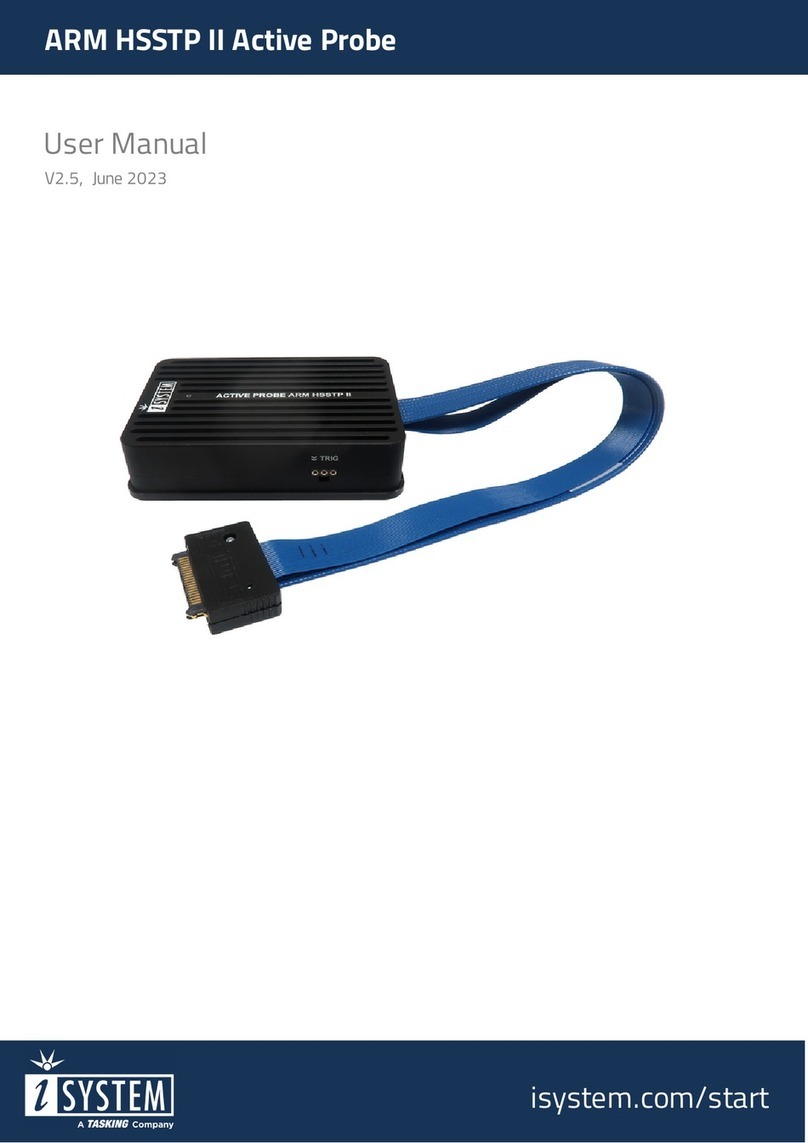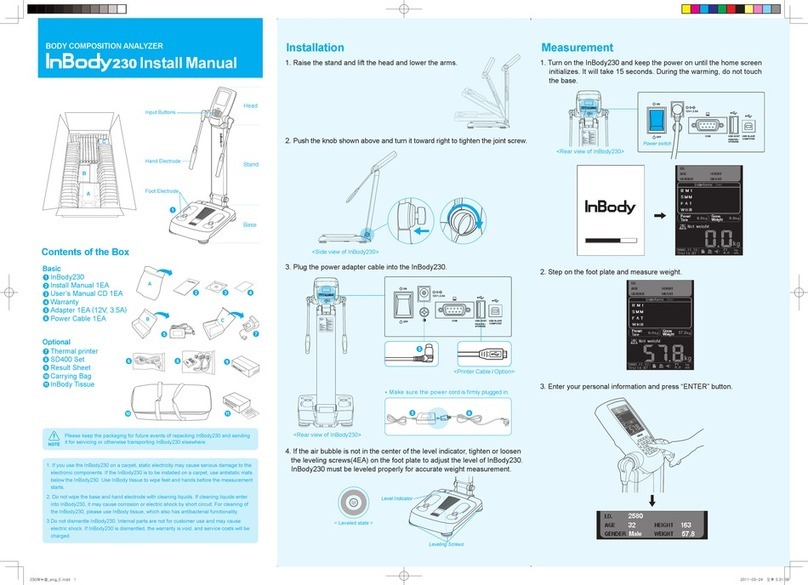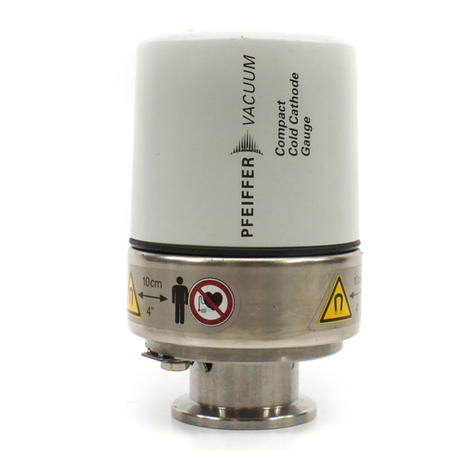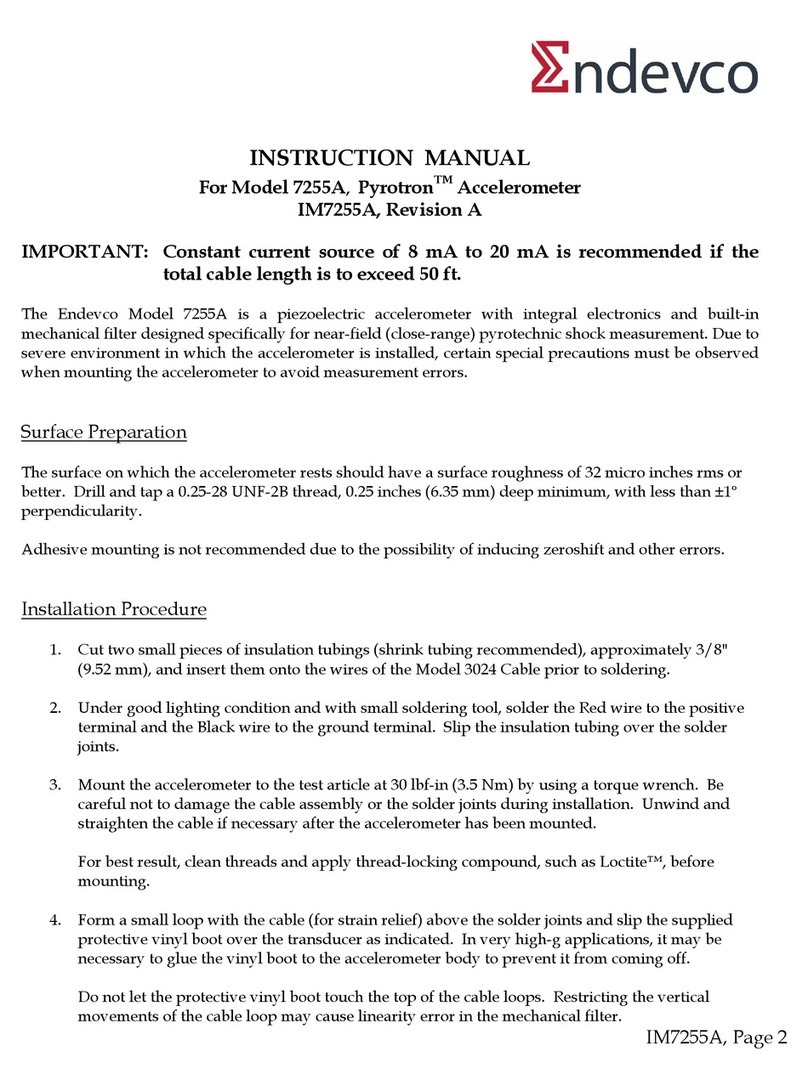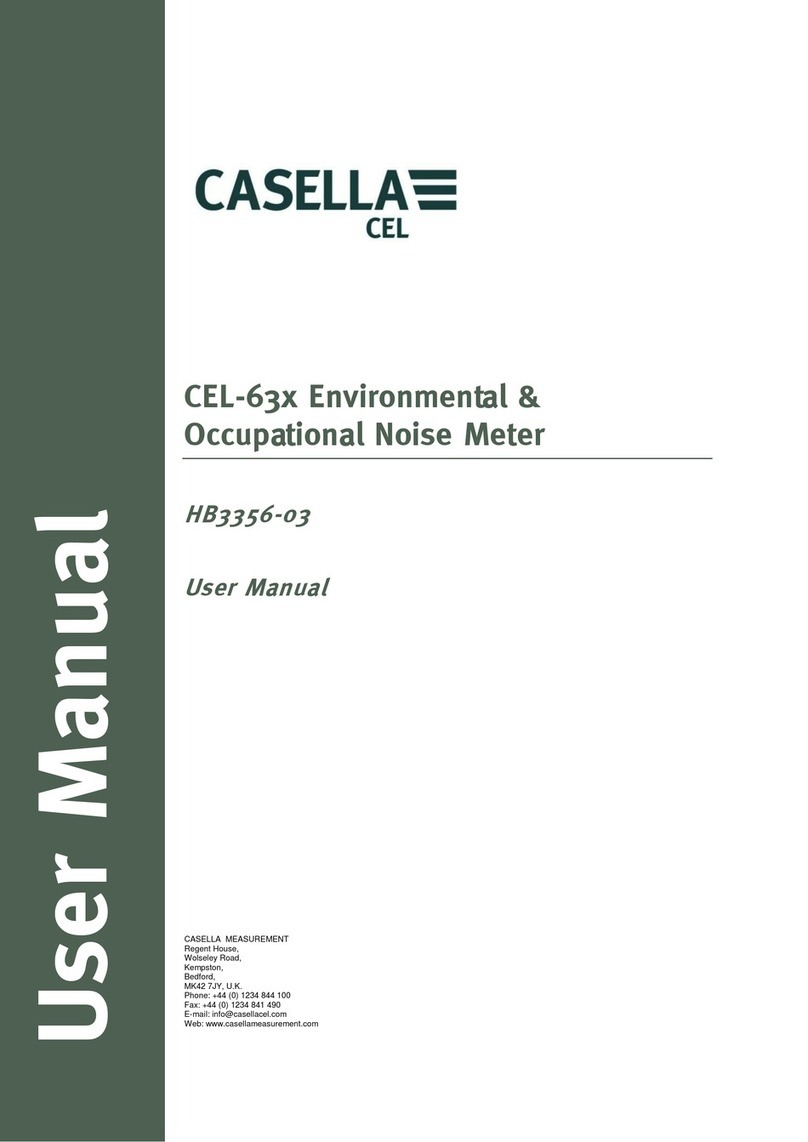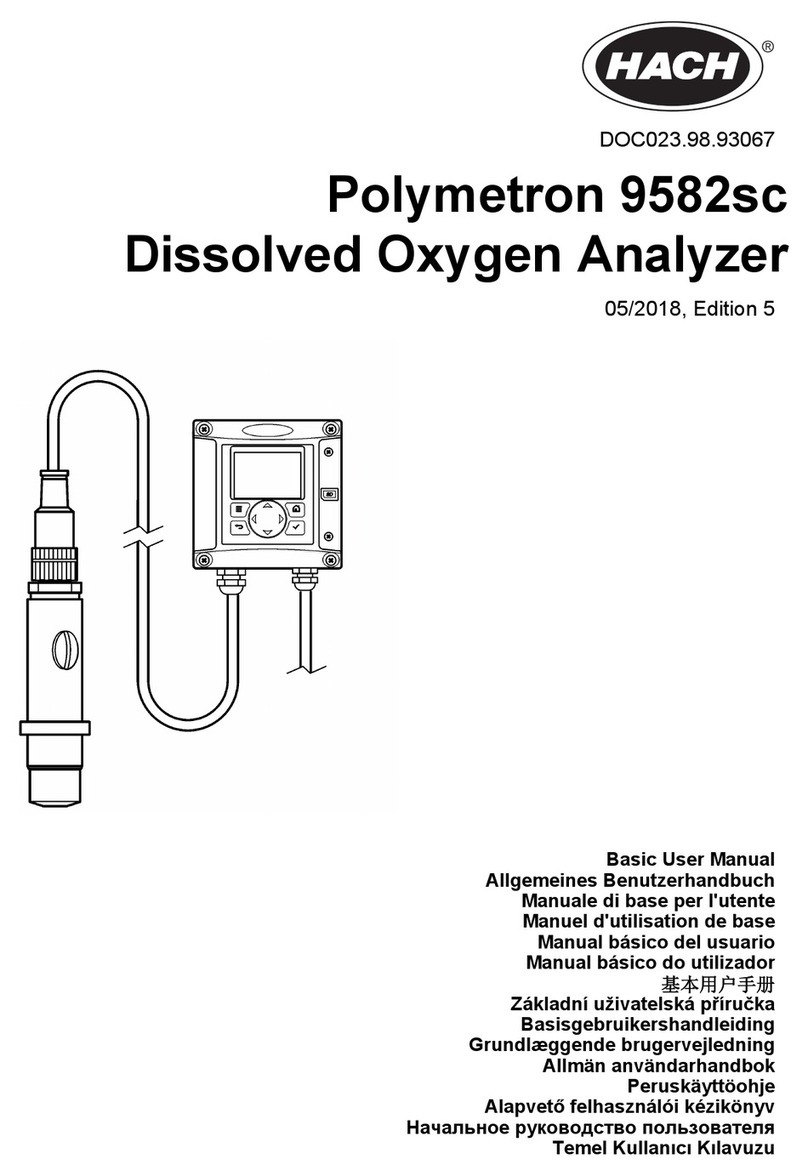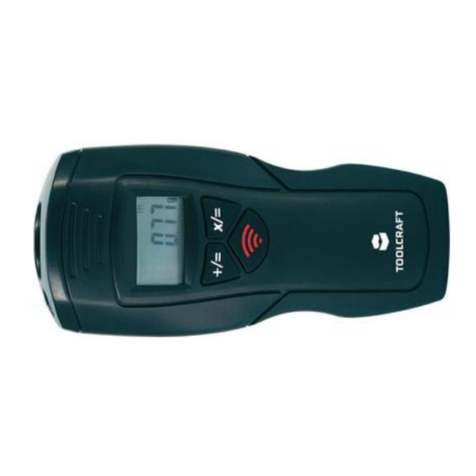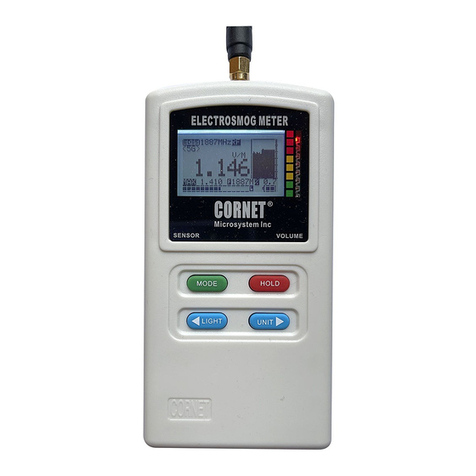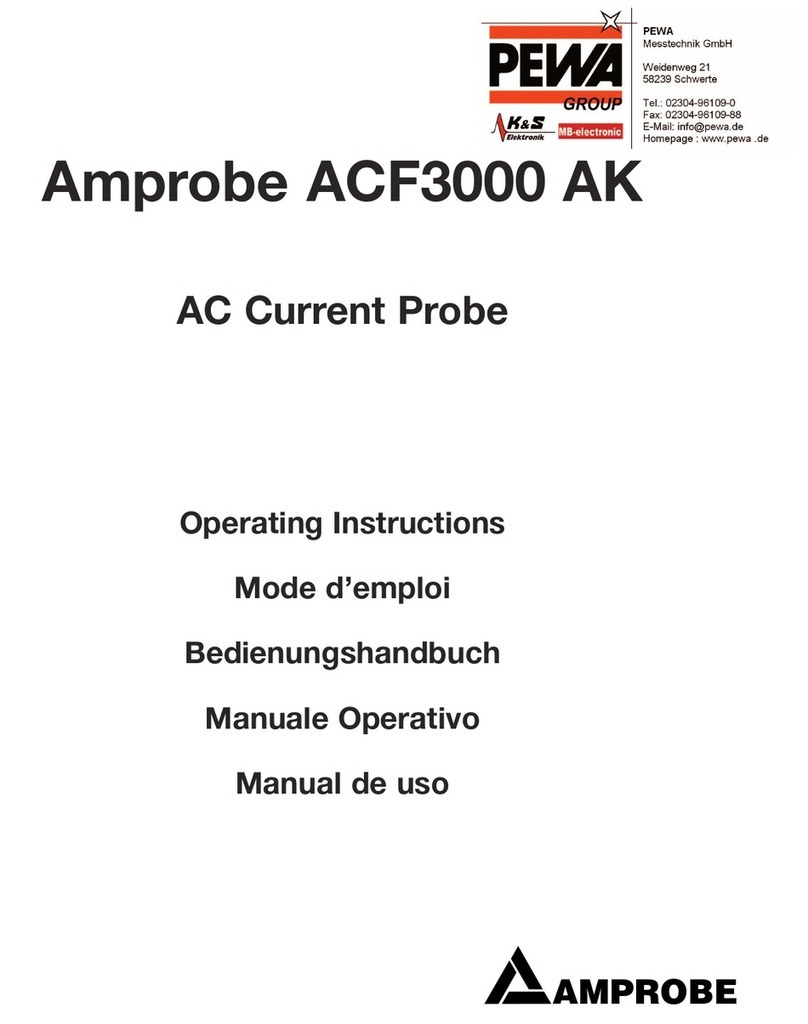
PowerSync Analyzer Reference Manual
March 9, 2010 Sifos Technologies page
iv
3.1.8. DC Meters............................................................................................................................................................ 33
3.1.9. Triggered Measurements...................................................................................................................................... 34
3.1.10. The O-Scope Display........................................................................................................................................... 35
3.1.11. The Event Control Panel...................................................................................................................................... 36
3.1.12. AC Meter ............................................................................................................................................................. 37
3.1.13. Time Interval Meter ............................................................................................................................................. 38
3.1.14. Waveforms Menu ................................................................................................................................................ 39
3.1.15. PSA Interactive Help Menus................................................................................................................................ 41
3.2. PSE Conformance Test Suite Menus.............................................................................................................................42
3.2.1. PSE Conformance Tests Menu ............................................................................................................................ 42
3.2.2. PSE Conformance Test Sequencer Menu and PSE Conformance Reporting....................................................... 43
3.3. PSE Multi-Port Test Suite Menus...................................................................................................................................45
3.3.1. PSE Multi-Port Configure Resources Menu ........................................................................................................ 45
3.3.2. Multi-Port PSE Test Menu................................................................................................................................... 46
3.3.3. Multi-Port Test Sequencer Menu and Multi-Port Reporting................................................................................ 48
3.4. PSA Interactive Task Examples .....................................................................................................................................50
3.4.1. Observe a Class 1 Power-Up Sequence on Test Port 3,2 for an ALT A, MDI-X PSE Port ................................. 50
3.4.2. Repeat 3.2.1 Without using the Waveform Viewer.............................................................................................. 51
3.4.3. Measure Peak Detection Voltage on Port 1,2 with ALT A, MDI PSE................................................................. 51
3.4.4. Measuring Power-Up Slew Rate on ALT A, MDI-X PSE Port 5,1 using Class 0 PSE....................................... 53
3.4.5. Measuring Inrush Current during Class 3 Power-Up with ALT A, MDI PSE on Port 1,1................................... 54
3.5. Enabling PSA Interactive for the PSA2400 ...................................................................................................................55
4. PowerShell Scripting Environment...............................................................................................57
4.1. TCL and Wish Shells.......................................................................................................................................................57
4.1.1. Tcl Versus Wish in the PC Windows Environment ............................................................................................. 57
4.2. PSA Connection Dialog ..................................................................................................................................................57
4.3. PowerShell Syntax Conventions....................................................................................................................................58
4.4. PowerShell Help Capabilities .........................................................................................................................................58
4.5. PowerShell Connection and Configuration Commands..............................................................................................59
4.6. Test Port Configuration Commands..............................................................................................................................60
4.7. Test Port Measurement Commands..............................................................................................................................62
4.8. PowerShell Test Support Utilities..................................................................................................................................66
4.9. PowerShell Trace Display and Analysis Commands...................................................................................................69
4.10. PowerShell PSE Conformance Test Support Commands...........................................................................................71
4.11. PowerShell System & Chassis Commands ..................................................................................................................71
4.12. PowerShell Scripting Examples.....................................................................................................................................73
4.12.1. Capturing a Power-Up Trace to a Class 1 PD on Port 3,2.................................................................................... 73
4.12.2. Measure Peak Detection Voltage on Port 1,2....................................................................................................... 74
4.12.3. Power-Up Slew Rate Command Sequence .......................................................................................................... 75
4.12.4. Measure Class 3 Power-Up Current Inrush.......................................................................................................... 76
4.13. PowerShell PSE Conformance Test Commands..........................................................................................................77
4.14. PowerShell PSE Multi-Port Test Commands ................................................................................................................80
4.15. PowerShell Multi-Port Helper Commands.....................................................................................................................83
5. PSE Conformance Test Suite........................................................................................................85
5.1. PSE Conformance Test Suite Overview........................................................................................................................85
5.2. Global PSE Description Parameters..............................................................................................................................85
5.3. Conformance Test Documentation Conventions.........................................................................................................86
5.4. PSE Conformance Tests – Detection Processes .........................................................................................................86




















